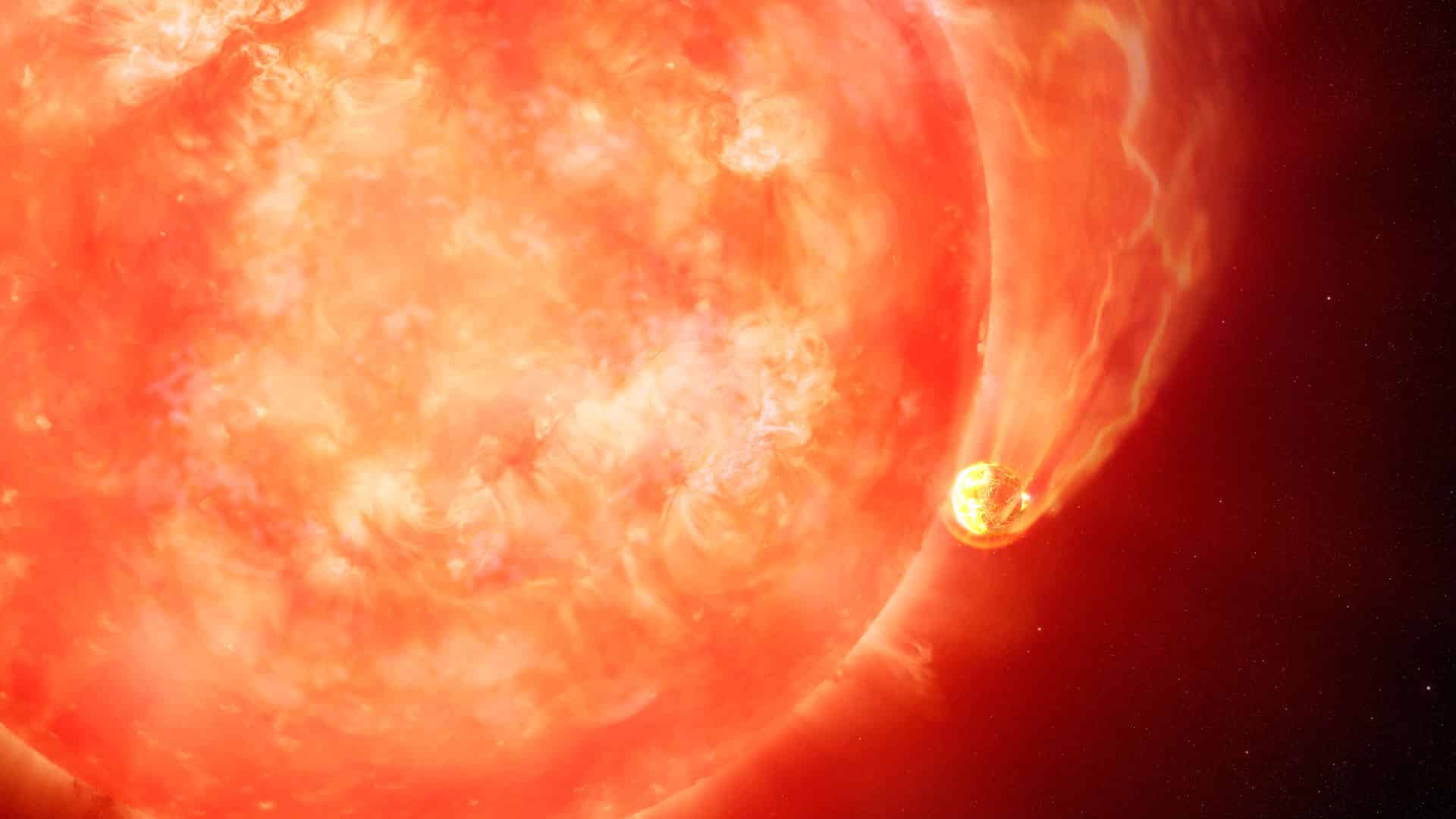A team of researchers from the University of Hawaii Institute of Astronomy has announced the discovery of an “impossible” exoplanet. It managed to survive the transformation of its star into a gas giant.

In about five billion years, our Sun will exhaust its reserves of hydrogen fuel, after which it will begin to expand. In the course of this process, it will absorb Mercury, Venus and, with a high degree of probability, our Earth. But, as a recent finding by American astronomers shows, even such an event is not necessarily a verdict and some planets may survive the expansion stage of their star.
This discovery was made during the study of the red giant 8 UMi, also known as Baekdu. It is located at a distance of 530 light-years from Earth. Back in 2015, astronomers discovered that the star has a companion — the gas giant Halla, which orbits at a distance of 0.46 AU from its surface.
The next important key to understanding the past of this system was the data obtained by the TESS telescope. They indicate that now the Baekdu is at the stage of helium burning. This means that in the recent past, the star has gone through a stage of maximum expansion. Calculations suggest that at some point its radius reached 0.7 au. Thus, it had to absorb the gas giant. And, nevertheless, Halla managed to survive this cataclysm.
Scientists have several versions explaining Halla’s survival. According to one of them, the exoplanet was initially in a more distant orbit and moved to its current position only after the star turned into a red giant.
According to another theory, it was once a binary system, the components of which then merged into a single star, which did not allow them to grow strong enough to absorb the planet. The third possibility is a development of the previous scenario. As a result of the merger of stars, a gas cloud formed around them, from which an exoplanet was then formed. In this case, Halla is a newly born planet of the second generation.
Earlier we talked about the fact that the Oort cloud could hide a captured exoplanet.
According to https://phys.org
Follow us on Twitter to get the most interesting space news in time
https://twitter.com/ust_magazine
